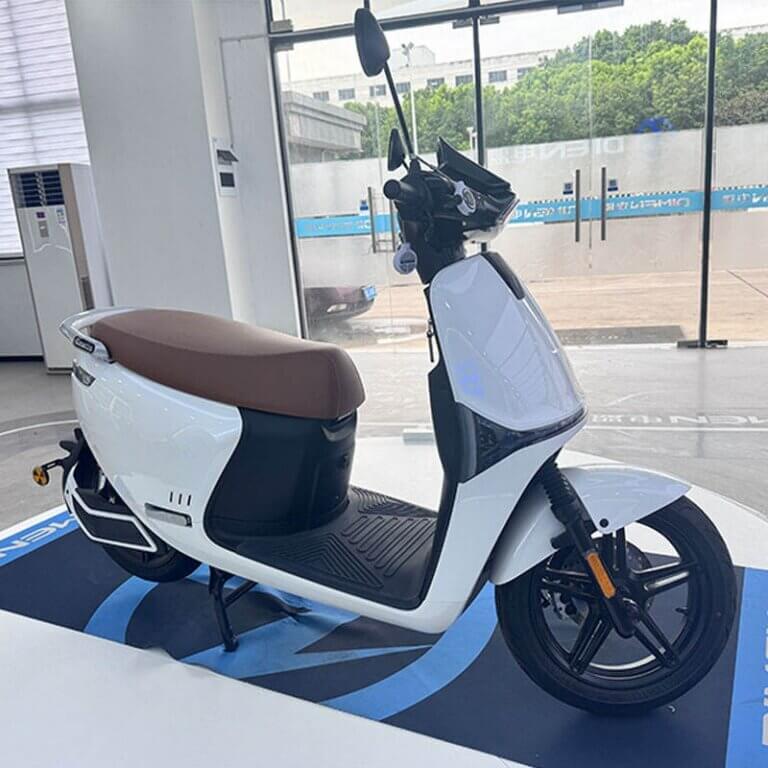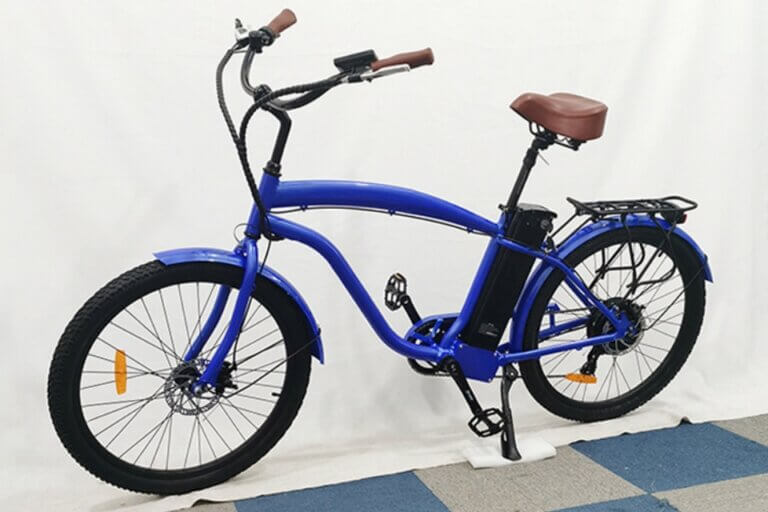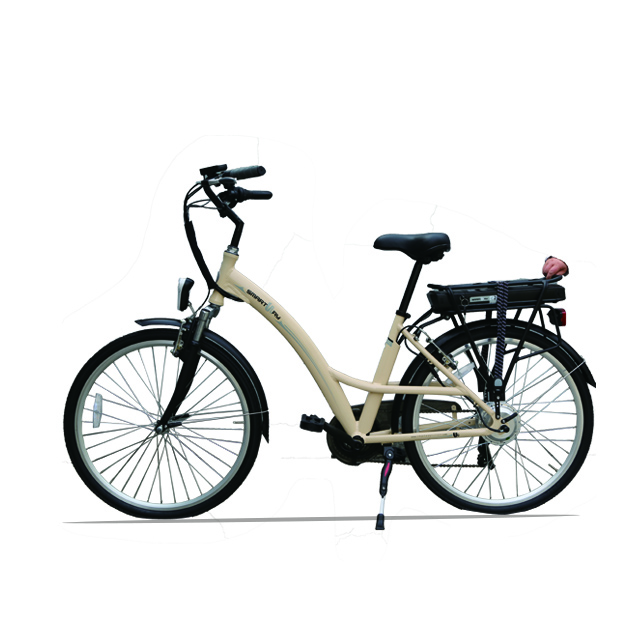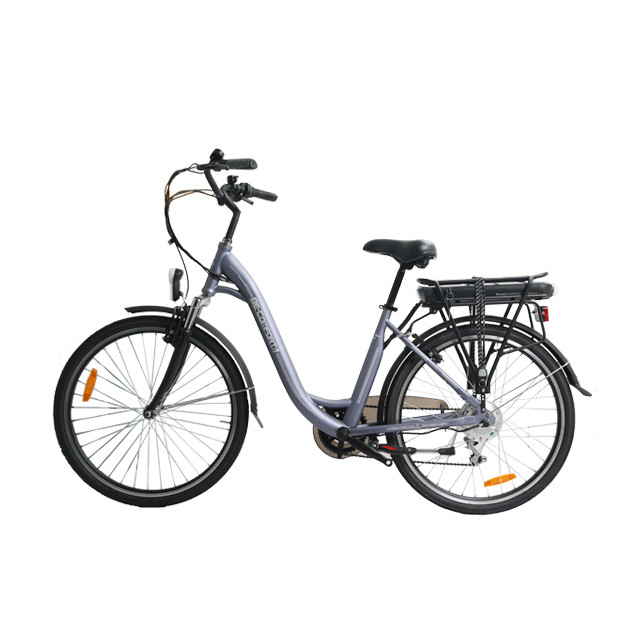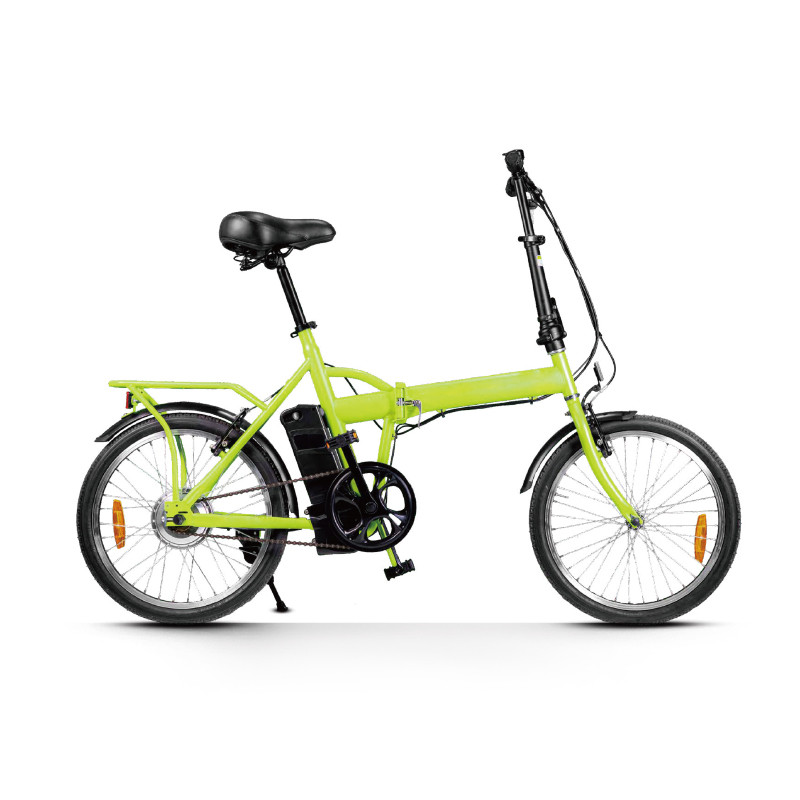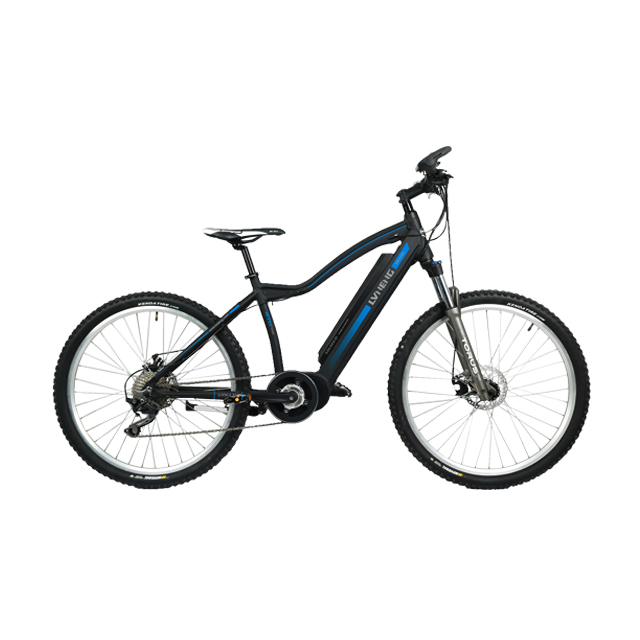-
414 Block B, ZT Times Plaza, Wuhan, Hubei, China
Blog
Low-Maintenance Sharing Scooter
From a fleet ops angle: less wrench time, more ride time. Let’s make it real, not fluffy.
Sharing Scooter
You want scooters that survive rain, curbs, and riders who treat hardware… let’s say “creatively.” Low-maintenance starts at the spec. Look for IP65 sealing, commercial-grade batteries rated for high cycle life, and built-in GPS/Bluetooth locks. Why? Fewer surprise tickets, fewer dead units, smoother audits. That’s table stakes for a Sharing Scooter lineup. Urban M builds to this playbook so you can scale without babysitting each unit.
What “low-maintenance” really means (for ops)
- Predictable MTTR instead of panic repairs.
- Airless or puncture-resistant tires so techs dont carry patch kits every hour.
- Swappable packs to cut charger logistics and night hauls.
- OTA & fault codes so you diagnose from the desk, not the curb.
FS Pro mobility electric motor scooter for adults supplier
If your route density is high and riders are adults doing longer hops, FS Pro is the workhorse vibe: rugged frame, sharing-grade bits, airless tires, and swappable battery options. Less downtime. Cleaner SOPs. Operators like the modular design because it shortens bench time and keeps SKUs sane. Urban M tuned this one for real fleet abuse, not showroom gloss.
Field-fit takeaways
- Airless tires → no flats, fewer roadside rescues.
- Modular build → quick swap of wear parts; techs hit SLA more often.
- Dual-battery options → longer live windows between swaps.
- Compliance-friendly docs (VIN/CE/UN38.3) → faster city bids and shipping.
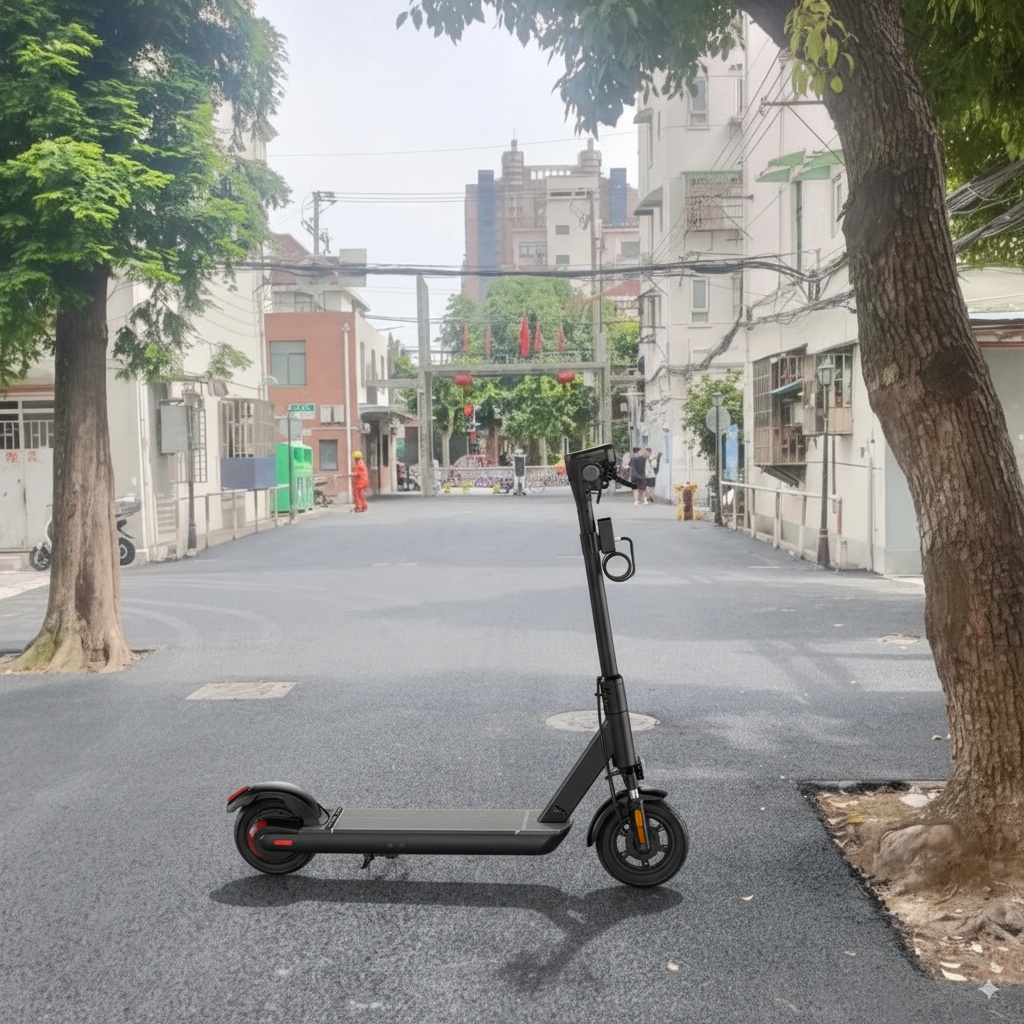
Best foldable electric scooter for commute bike wholesaler
You need compact units for dense cores, mixed with metro and elevators. Super S (from the foldable/commute family) checks that box: tight fold, IoT-ready, and friendly to multimodal riders. Fewer damaged stems, smoother parking rules, and better curb turnover. It’s a neat way to reduce “nuisance maintenance” that eats your morning.
Where it shines
- Stations with strict footprint rules. Less clutter, fewer fines.
- Park-n-ride nodes. People fold, hop trains, keep rolling.
- Tourist districts. Lower learning curve, quicker redeploys.
S1 foldable electric scooter for adults 300 lbs factory
Inclusive fleets matter. Heavy-load riders deserve the same smooth unlock-and-go. S1 is designed for higher payloads while staying foldable. That lowers damage from over-spec loads and reduces warranty drama. In resorts, campuses, and B2B sites, S1 cuts “return due to wobble” cases and keeps ratings happy. Also good for riders wearing backpacks or carrying work gear.
SaaS Platform for Sharing Scooter Fleet Management
Hardware is half the story. Pair the Sharing Scooter lineup with SaaS + telematics: geofencing, KYC, pricing presets, battery alerts, and OTA updates. That’s how you move from firefighting to schedule. Fewer tickets, fewer no-starts, fewer “where’s my scooter” DMs. Urban M’s stack was built to match Super S / FS Pro / S1, so features actually map to the scooter brains.
Ops Arguments Backed by Real-World Keywords
| Argument | What it means for you | EZBKE keyword where it shows | Why ops cares |
|---|---|---|---|
| IP65 + commercial batteries | Rain-safe, long cycle life | Sharing Scooter category | Less corrosion, fewer surprise swaps, stable uptime |
| Airless tires | No flats on cobblestone days | FS Pro | Lower MTTR, no patch queues |
| Swappable batteries | Faster redeploy; night crews chill | FS Pro, SaaS page battery alerts | More rides per shift, simpler depot flow |
| Modular design | Bench-friendly, fewer SKUs | FS Pro modular notes | Quicker training, faster SLAs |
| Fold + IoT | City-compliant density | Super S class (foldable) | Smaller parking footprint, easier multi-modal |
| High-load chassis | Inclusive ridership, fewer frame claims | S1 (300 lbs) | Less damage from overload, better reviews |
| Geofencing + OTA | Remote control beats truck rolls | SaaS Platform | Solve issues before they become call-outs |
| Docs & VIN | Compliance, customs, insurance | Sharing Scooter / SaaS Platform | Bid readiness, fewer delays |
These are not fluffy labels; they map to page keywords and model families above, so buyers can verify specs quickly during sourcing.
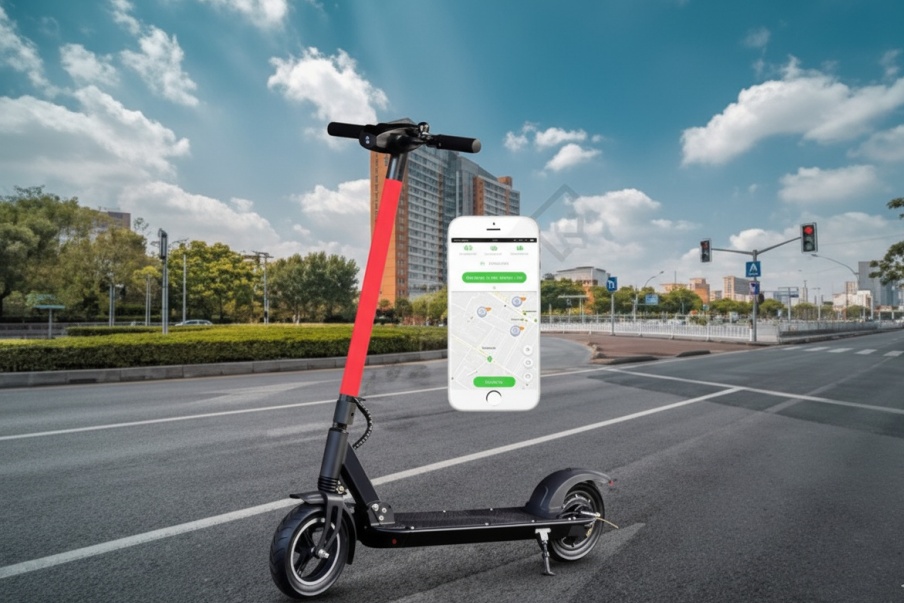
How to cut maintenance in the wild (scenarios, not theory)
Campus cluster (weekday peaks). Run FS Pro as the backbone, S1 for high-load corridors. Swaps happen on a rolling 3-zone loop using battery alerts from the SaaS. You’ll see fewer no-starts at 8 a.m., and techs won’t sprint across quads.
Tourist belt + old town streets. Put Super S units near metro exits. Compact fold keeps sidewalks clean, and airless tires shrug off cobbles. Abuse drops because riders carry, not drag. Night crew does one tidy sweep, not three messy runs.
Industrial park shuttle. FS Pro + S1 mix. Longer mid-day legs, fewer docks. Swappable packs mean ops skip range anxiety. OTA pushes fine-tune throttle maps if security asks for calmer launch near gates.
Business Value (baked in, not bolted on)
Low-maintenance isn’t just fewer wrench hours. It’s more usable hours. That drives repeat rides, stronger city KPI scores, and better bid math next season. The 15Y electric scooter manufacturer Plant roots matter here: mature jigs, ISO-style QA, and consistent parts make real difference when you’re ordering at volume. Wholesale, OEM/ODM, and custom branding stay inside one roof, so your design language—Urban M clean lines, that’s you—remains consistent from pilot to city-wide scale.
The stack to ship (simple checklist)
- Pick your mix
Super S for dense cores, FS Pro for backbone duty, S1 for high-load inclusivity. Don’t over-spec top speed; spec uptime. - Lock in fleet software
Enable geofencing, pricing presets, OTA, and battery/fault alerts on day one. No “we’ll add later”—later costs time. - Write SOPs like you mean it
Swap windows, safety checks, rain protocol. Keep SKUs minimal. Use modular parts to crush MTTR. - Brand clean, bid clean
VIN/CE/UN38.3 docs on file, city toolkits loaded, Urban M visuals consistent across models. Procurement sleeps better.
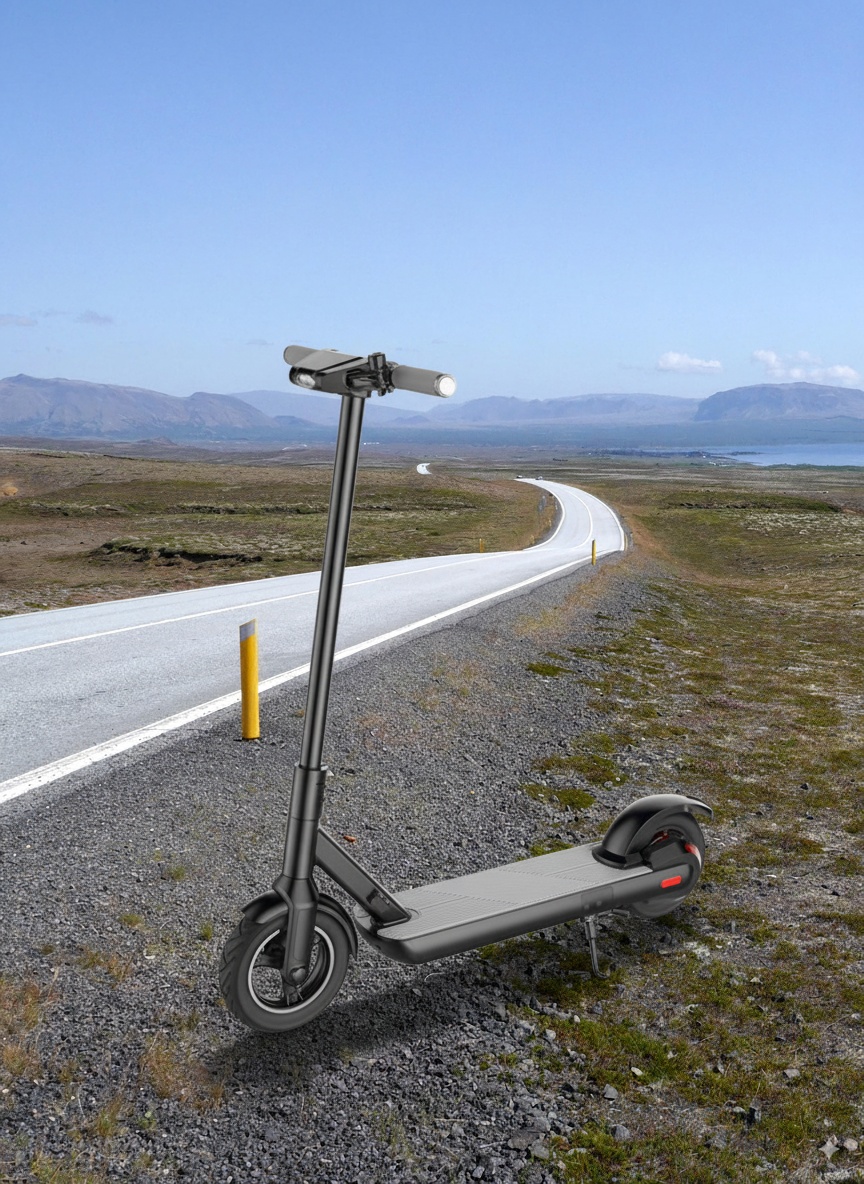
Final word
Low-maintenance sharing scooters aren’t mythical. They’re a stack: sharing-grade hardware (Super S / FS Pro / S1), SaaS telematics, and ops discipline. Do that, and your techs spend less time chasing flats and more time scaling routes. Simple, kind of obvious, and very effective—because it actually works on the street.




